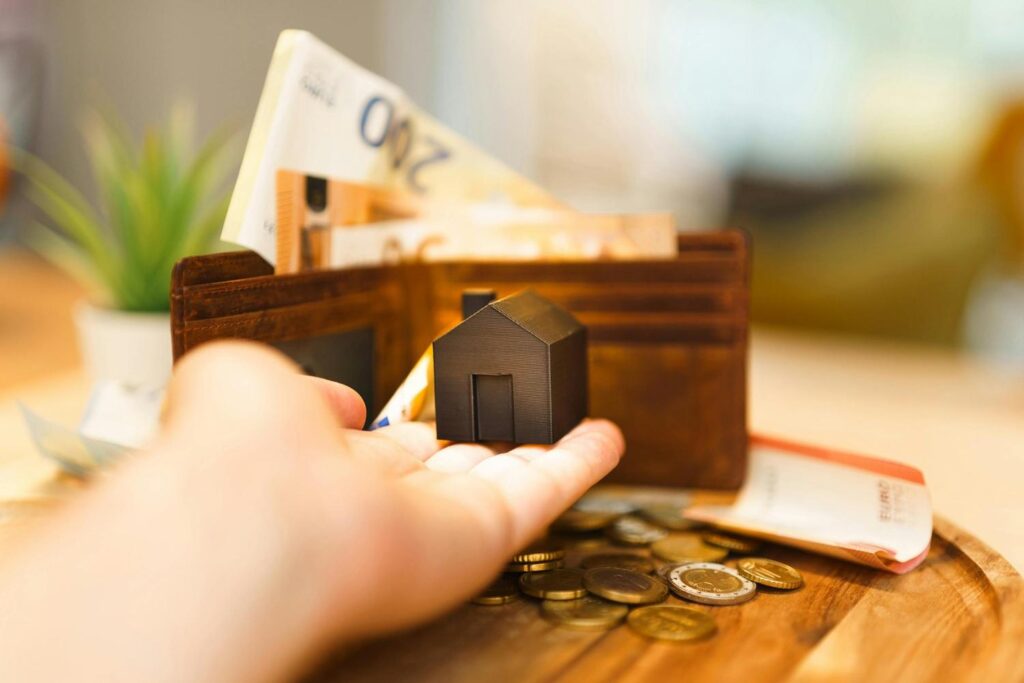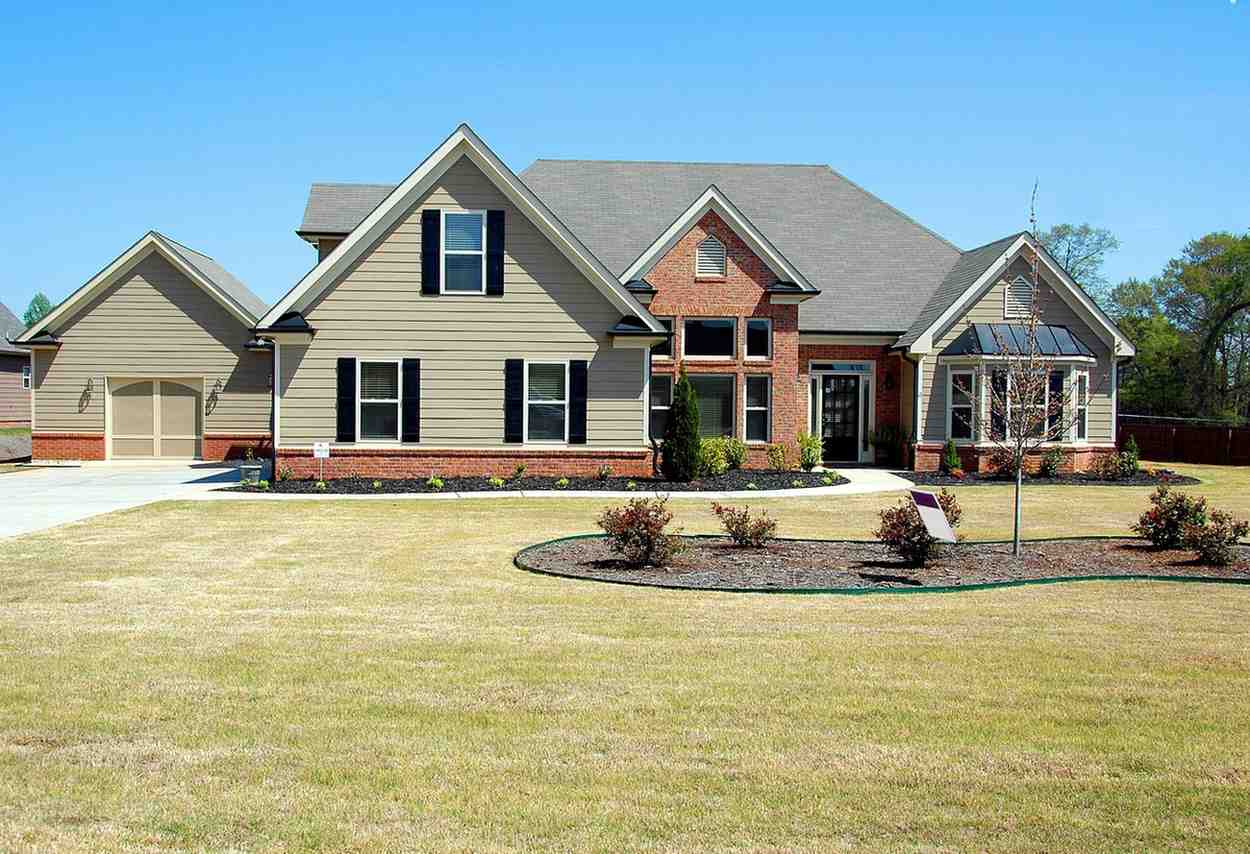Although purchasing a home is sometimes regarded as a significant life event, there are many unanticipated expenses that might put a burden on your budget. These expenses are completely avoided for renters, which makes renting a more alluring choice for many. This post will discuss the hidden costs of homeownership and the reasons why renting can be a more cost-effective option.
The upfront expenses of purchasing a home
Compared to renting, the upfront costs of buying a property are much higher. These consist of:
- Usually 10–20% of the home’s worth is the down payment.
- Closing costs can range from 3 to 6% of the home’s purchase price and include expenses for appraisals, inspections, and legal documentation.
- Moving expenses are the costs associated with moving furniture and personal items; these costs can range from hundreds to thousands of dollars.
- For instance, you might require $60,000 for the down payment and an extra $9,000 to $18,000 for closing costs on a $300,000 home. In contrast, renters often just pay the first month’s rent up advance along with a security deposit.

Continuous Homeownership Expenses
Renters do not have to worry about the regular costs associated with property purchasing ownership. These consist of:
Taxes on property
Every year, homeowners are required to pay property taxes, which differ according on the property’s purchasing location and value. Each year, this can add up to hundreds of dollars. However, as this is the landlord’s responsibility, renters are not responsible for it.
Insurance for Homeowners
Homeowners insurance is more costly and required for mortgage holders, in contrast to renters insurance, which is less expensive purchasing. It includes:
- harm to the property.
- liability for mishaps that occur on your land.
Upkeep and Fixing
When you own a home, you are in charge of all upkeep and repairs. Among the examples are:
- Roof repairs cost between $5,000 and $10,000.
- replacements for HVAC systems ($3,000 to $7,000).
- Electrical or plumbing problems ($100 to $500 each visit).
- Your landlord takes care of these costs as a renter, saving you money and time.
Long-Term Expenses and Hazards
Although purchasing a home may seem like a wise investment, there are long-term financial dangers involved.
Interest payments

If you get a mortgage, interest rather than principal takes up a large amount of your monthly payment. Interest payments can double the cost of your house over the course of a 30-year mortgage.
For instance, you might have to pay more than $300,000 in interest alone on a $300,000 house with a 6% interest rate.
Variability in the Market
The market for real estate can be erratic. If real estate values decline, you may find yourself “underwater,” meaning you owe more on your mortgage than the home is worth. Since they are not dependent on the property’s value, renters are not exposed to this danger.
Association Dues
You will be required to pay monthly or yearly dues if you purchasing a home within a homeowners association (HOA). These monthly fees, which cover amenities and community upkeep, can range from $200 to $500.
Renting Has Its Advantages
There are a number of benefits to renting, particularly when taking into account the hidden expenses of property.
Monthly expenses that are predictable
Your monthly expenses purchasing as a renter are fixed. You don’t have to worry about unforeseen repair expenses or growing property taxes because you merely pay rent and utilities.
Adaptability to Movement
Relocating is made simple when you rent. You’re not bound to a particular property, whether it’s for business, family, or lifestyle changes.
Absence of Maintenance Obligations
Renters find it convenient that their landlords take care of upkeep and repairs. This reduces tension and saves time.
A smaller initial outlay of funds
Compared to buying, renting takes a lot less money up front. This enables you to use your money for travel, investments, or other financial objectives.
Considerations for Transition Words
Transitional phrases like “however,” “for example,” and “in contrast” make it easier for readers to follow the article’s flow. These terms enhance the SEO performance of your article and make it more interesting.
Comparing the Costs of Buying and Renting
- Cost
- Getting a rental
- Purchasing
- Initial Expenses
- Rent and security deposit
- closing charges and the down payment
Payments Each Month
- Rent that is fixed
- Insurance, taxes, and mortgage
- Upkeep
- It is covered by the landlord.
- The duty of the homeowner
Adaptability
- Simple to move
- Relocating is challenging.
Why Renting Complements Wise Financial Objectives
For many, renting is a wise financial decision rather than only a short-term fix. Renters can avoid the unstated expenses associated with purchasing a home by:
- Save More: Set aside money for retirement, investments, or savings.
- Remain Adaptable: Without being bound by a property, adjust to shifting conditions.
- Reduce Stress: Take comfort in the knowledge that you are not responsible for significant costs.
Concluding remarks
Despite its allure, homeownership can be expensive due to its hidden costs. Conversely, renting provides flexibility, affordability, and less obligations. For people who value independence and financial security, renting is frequently the better option.
Remain informed and make choices that support your objectives. We at ezyfundz are here to guide you through the rental process and assist you in making the most prudent financial decisions.




